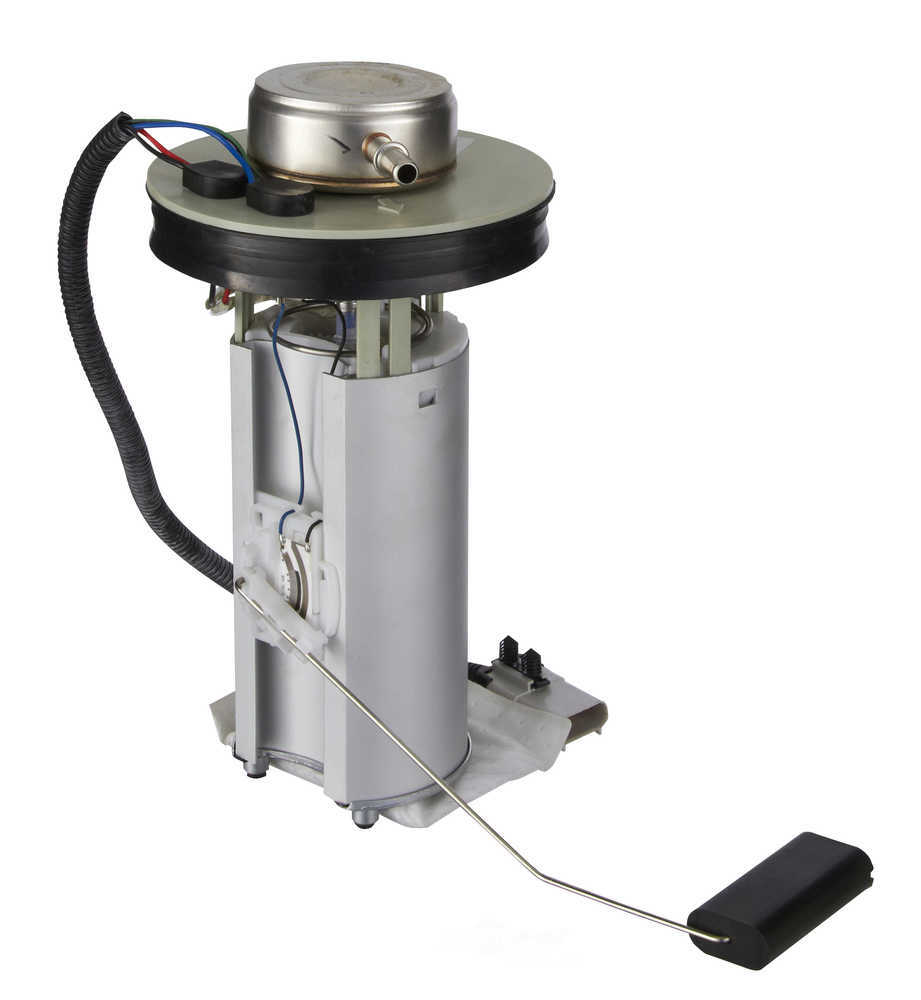

There are three main types of breast pumps: We don’t want moms to sacrifice their breastfeeding goals because their pump does not match their active lifestyle over the duration of their breastfeeding journey.” Types of breast pumps “Most infants eat every two to three hours until they reach 6 months of age, so we like to ask our moms if their lifestyle requires flexibility, freedom and mobility. “A lot of new moms don’t realize how much time (and physical effort) breastfeeding and/or pumping takes,” she says. When considering the above, don’t forget to think at least six to 12 months out, says Wendy Wright, a certified lactation consultant, since you may well be using your pump for that long.

And if you have multiple pumps - say one for work and one for home - it can be more convenient to buy two of the same brand, since that means the parts (like bottles and flanges) will be compatible. If you’ll be pumping frequently, it pays to pick a pump that’s compatible with widely-available replacement parts and you may want to have some extra parts to ease frequency of clean up. Replacement parts: Parts like tubing and duck valves need to be replaced every so often.
#Spectra pump parts upgrade
#Spectra pump parts portable
#Spectra pump parts manual
If you plan to pump at least a couple of times a week, a manual pump doesn’t make sense, because you’ll have to expend a lot of time and energy to use it. Pumping frequency: Think about how often you’ll be pumping.When researching the best breast pumps, Andrea Tran, a certified lactation consultant, says to consider these important factors: Ability to aid in milk expressions and/or productionĪs you start shopping, you'll want to find a breast pump that meets your specific needs - what works for one mom might not be the right choice for you.Every breast pump on this list received an overwhelming number of positive reviews in the following areas: We used What’s to Expect’s community of caregivers to get a consensus on which breast pumps moms consider the best for various lifestyles.We utilized results from the What to Expect Feeding Awards and What to Expect Mom Must-Have Awards which, combined, polled more than 2,000 breastfeeding moms in the What to Expect Community.We spoke to four moms on the What to Expect editorial team, who have five children between them and who've tested most of the pumps on this list.The only way to find a breast pump that fits your lifestyle is to do your research. And trying to return a breast pump once you’ve used it is more or less impossible. You can’t borrow one from a friend to try, as using someone else’s used pump as they are designed to be single-use open systems that cannot be sterilized properly or cleaned thoroughly to ensure they are bacteria-free. Pumping is also helpful for moms who would like to share feeding responsibilities with a co-parent or other caregiver.įinding the best breast pump, however, can be a challenge. Why? Inevitably, you'll need to be away from your baby for more than a few hours at a stretch - like when you return to work, or need to run errands or go to appointments alone - and you'll need to pump to prevent painful breast engorgement.

Even if you plan to exclusively breastfeed (often referred to as "EBF"), you'll want to have a breast pump on hand.


 0 kommentar(er)
0 kommentar(er)
